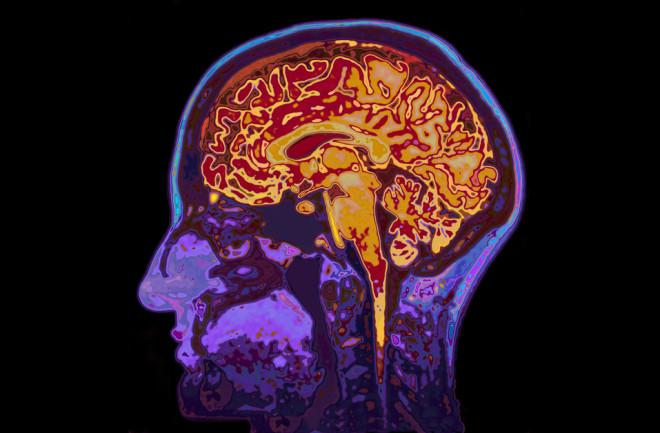If you look at the brain of an Alzheimer’s patient, you’ll see clear and undeniable damage.
Clusters of dead nerve cells. Hard plaques cemented between cells and thick tangles of proteins twisted up inside the cells themselves.
These are the hallmarks of Alzheimer’s, and they drive the disease’s infamous symptoms, like memory loss, behavioral issues and problems thinking.
What Causes Alzheimer's Disease?
The majority of the damage comes from two specific proteins, beta-amyloid and tau. These protein-rich plaques and tangles degrade the brain beyond repair.

